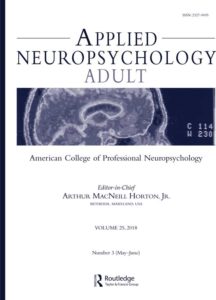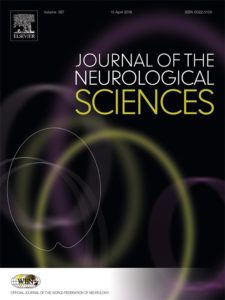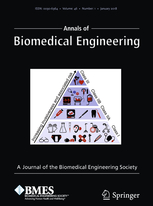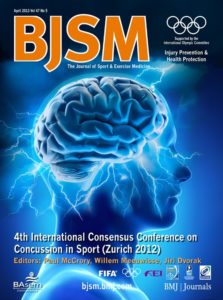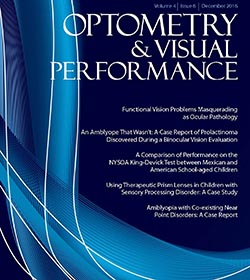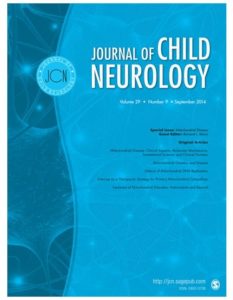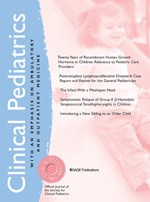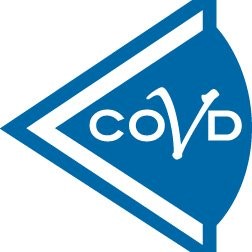Vision screening in junior schools around the globe are often limited to distance visual acuity (dVA). Oculomotor dysfunction (OMD) is an umbrella term that includes abnormalities in comfortable and accurate control of the oculomotor system (fixation, pursuits and saccades) and can exist despite normal dVA. Since we assumed that a basic prerequisite for successful reading is that the ocular sensory-motor functions perform in flawless harmony with effortless automaticity, we hypothesized that OMD but not dVA would have profound effect on comfortable and efficient acquisition of effective reading skills. Consequently, we retrospectively compared independently obtained (double blind) reading evaluations and extensive optometric screening examinations of a class of 28 first graders. We found, as we hypothesized, that performance on optometric oculomotor tests, but not dVA, were predictive of reading test performance (both speed and accuracy) according to the standardized national reading norms. Our results suggest reevaluating the effectiveness of dVA as a marker of visual readiness for scholastic achievements. We propose including OMD related assessments as part of a paradigm shift in both vision screening in early readers as well as potential treatment protocols for those pupils struggling to acquire efficient reading skills.
Summary Points:
- According to 2017 data, only 35% of children starting fourth grade in the US had reading skills that were proficient or above proficient level relative to their age.
- The prevalence of oculomotor dysfunction (OMD) in school-aged, proficient readers is estimated to be 22-24%, compared to as high as 95% in child populations diagnosed with a reading difficulty.
- The study found that K-D Test accuracy and speed was significantly predictive of reading performance. Better K-D Test accuracy scores were associated with higher reading accuracy performance. Individuals with oculomotor deficits have been shown to benefit from oculomotor-targeted treatments.


